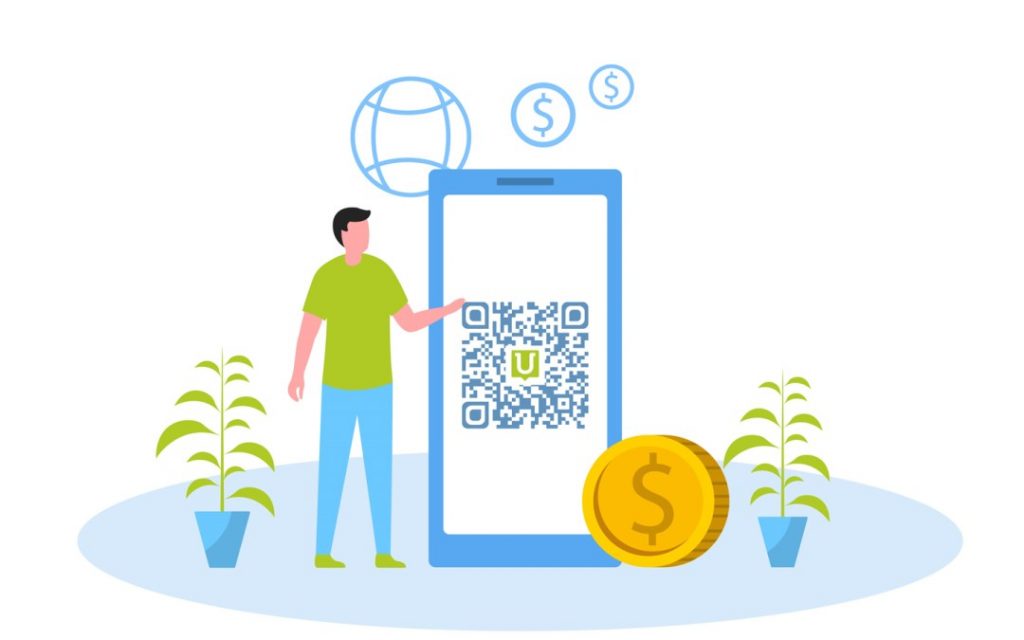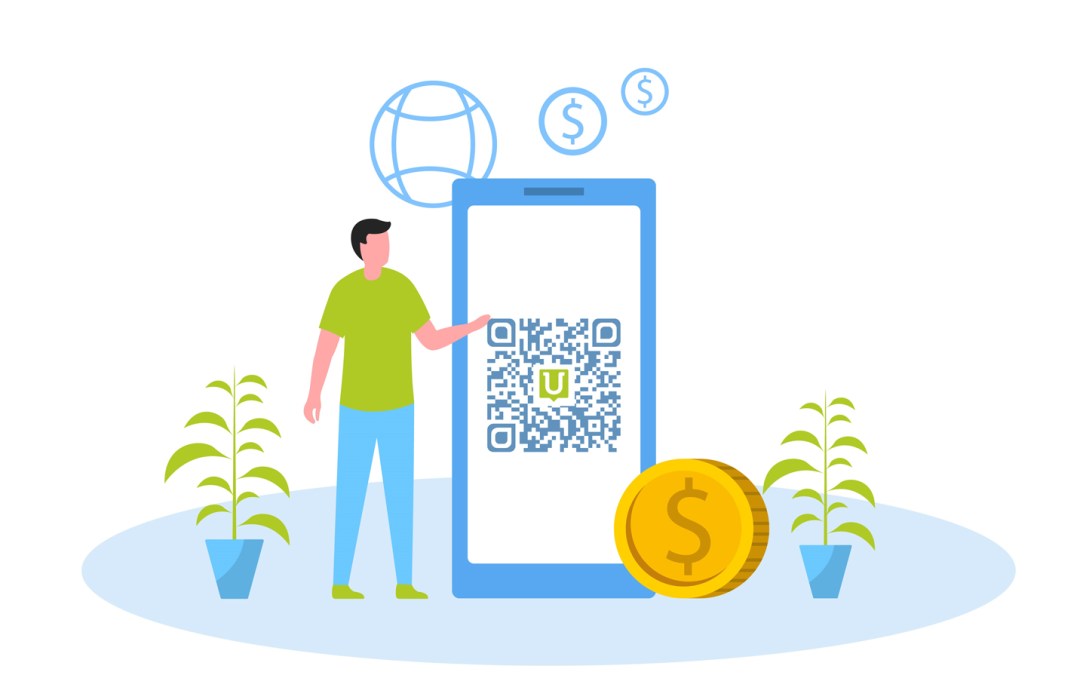
QR code is the new way of communicating in today’s digital landscape. It is quick, engaging, and has the ability to store a tremendous amount of information.
You can use a QR code to redirect your audience to your landing page, dial your business number, view your location, or download your app. But when we put QR codes in the context of fintech, a revamped version of transactions comes to the surface.
QR Code – A Contemporary Payment Solution
In 2016, the epicenter of the fintech marvel happened to be in China when approximately one-third of all payments were happening via QR codes.
However, QR codes did not take off just as well initially in other countries. In fact, the most popular payment method in the US and UK was payment cards via chip, with cash coming in second.
But what catalyzed change was the COVID-19 pandemic.
When the nightmarish lockdowns prevailed around the globe, QR code fintech gained traction as a viable contactless payment solution. And once the world slowly transitioned to a new normal, it did not experience a drop in popularity.
Today, we see QR payments in a variety of industries across the world. Square in the UK, US, and Australia; SumUp in the European countries; iDEAL in the Netherlands; Tomato Pay in the UK.
So, why is this payment method being adopted by more and more businesses? It begins with the way it works.
How Does QR Code Payment Work?
Contrary to traditional POS that relies on a barcode and scanner, QR Code fintech just requires a smartphone/tablet with an inbuilt camera to complete the transaction.
Let’s have a look at two different payment modes.
Customer-Presented Mode:
This starts with the customer opening the QR-code-supported payment app and inserting the transaction amount. Then the app generates a unique QR code on the screen, which is scanned by the merchant to deduct the payment.
Merchant-Presented Mode:
In this case, the customer has to open a camera app and scan the QR code presented by the merchant. This code could be present on a particular product, paper bill, or a store’s checkout. What follows is a popup or a redirection to the payment page to finish the payment process.
On the surface, a QR code is just a unique pattern of black squares and dots against a white background. But even with that, there are two distinct ways QR code fintech renders transactions.
Types And Modes Of QR-Based Payments
1. Static QR Code Payment
This format of payment features an unchangeable code that embeds a payment URL. The payments are fairly quick and simple, but it comes with a few implications:
- The payment amount has to be entered manually.
- One code should work for all payments.
- The payment details can’t be tracked.
2. Dynamic QR Code Payment
In this case, transactions are done with the editable counterpart of the static QR code.
Dynamic QR codes offer far more control to the sender. Besides features like access management and password protection, it provides details like the number of people who scanned the code, devices used for scanning, history of scans statistics, etc.
All in all, this comes out monumental for organizations looking to gain deep insights into their customers.
Use Cases of QR-Code Payments
So, what industries could leverage QR code fintech and redefine the way they do business? Let’s have a look at some of them:
1. Utility Companies
Just put a QR code on the utility bills, and make the long-winded process of bill payments easy. Customers would just need to scan the QR code and proceed to complete the payment.
2. Restaurants
The restaurant industry has already been adopting QR codes in a range of ways—linking back to the feedback page, getting access to the menu, etc. Besides allowing payments in a flash, QR codes can also help redeem/award loyalty points.
3. Street Vendors & Pop-up stores
QR codes are also gaining popularity among street vendors. They can have a distinct code pasted over each item which, once scanned, projects the respective description, as well as the payment button.
4. E-ticketing Services
The E-ticket booking applications allow users to book their choice of ticket—bus, train, flight, movies, theme parks, and more—and pay for it using the QR code option.
On paper, the possibilities with QR code in fintech are virtually limitless. But how about seeing this in action?
Companies Using QR As a Payment Method
BharatPe – This QR code-based payment solution enables users to pay for services like groceries, restaurants, cabs, and utility bills. The app is integrated into the user’s bank account, which ensures a seamless operation.
Yoyowallet – Besides facilitating payments, this app hosts other interesting options. For instance, it awards coupons and loyalty points on transactions and allows a merchant to track user behavior with a bunch of in-built metrics.
Ensygnia – Another app-based platform that supports in-store and on-the-go QR code payments. Users just need to plug in their bank account details and the rest just involves scanning the app-supported QR codes.
Benefits Of QR Code Payment
What makes it worthwhile to take a leap of faith into QR code fintech? Here are some of the ways QR code payments could be beneficial for your business.
Quick Payment
In essence, a QR code transaction involves scanning the app with a camera application and confirming the payment. Because of this, the process is naturally much quicker than various traditional methods.
More Convenience
Payments made via QR code eliminate the need for complex POS systems with specialized software, barcode scanner, and human resource. With this fintech advent, customers can pay irrespective of time and location.
Cheaper To Set Up
The exclusion of POS systems makes the process cheaper as well. This means, you can introduce QR code payments in your company with a much lower investment.
Partner Up with A QR Code Company
If you want a customized QR payment solution, it becomes imperative to hire an exclusive QR code developer for fintech applications. Here is the non-exhaustive list of possibilities you could have with this:
- A secure QR-based payment system where your customer’s bank account is integrated with your wallet without disclosing their bank information.
- An analytics dashboard that uses key metrics to convey user behavior patterns and scan information.
- A one-stop-shop solution that not only supports deposit and transfer, but also enables diverse functions like loan applications, easy installments, and more.
